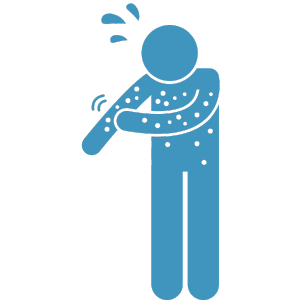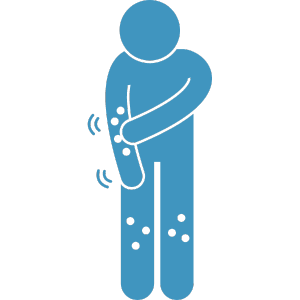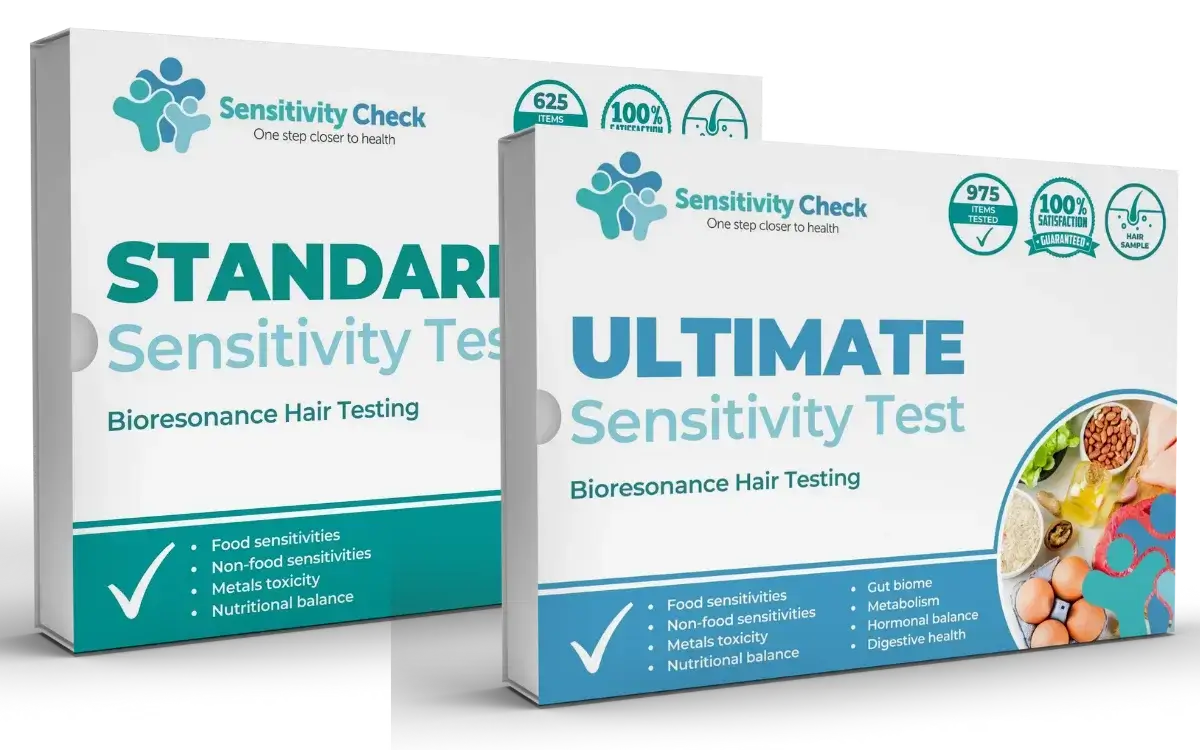Allergy, Intolerance or Sensitivity?
Allergies, Intolerances or Sensitivities explainedUnderstanding the difference
Distinguishing allergies from intolerances can be challenging, but allergies are often inherited and tend to persist throughout life, targeting specific items. On the other hand, intolerances are more flexible, and influenced by your diet and lifestyle. The silver lining? You can actively manage and potentially alleviate Intolerances through lifestyle adjustments.
How do I know if I have a sensitivity?
The first thing to note is what you’re experiencing may not be an allergy but rather a sensitivity to a specific food. And, with careful management, you may still be able to include that particular item in your diet.
But if it’s not an allergy, how do you know if it’s an intolerance or sensitivity? Here’s a breakdown. When your body struggles to digest a specific item, it likely indicates a sensitivity, this can be for both food and non-food items. The following are two common reasons for developing food sensitivities:
Insufficient Digestive Enzymes
Your body may lack the necessary digestive enzymes to efficiently process certain foods, leading to incomplete digestion and nutrient absorption.
Overconsumption
Consuming excessive amounts of the same item can trigger sensitivity reactions. Many symptoms stem from this overexposure, highlighting the importance of moderation in consumption.
How do I know if I have an allergy or a sensitivity?
The two biggest differences between an allergy and a sensitivity are usually quite easy to spot and they’re as follows:
Severity
Allergy symptoms are typically a lot more severe than sensitivity symptoms making it pretty obvious that what you’re dealing with is an allergy. With that said it’s always better to get tested to be certain.
Reaction Time
Allergy symptoms usually appear immediately and are much more severe than sensitivity symptoms. Sensitivity symptoms may emerge anywhere from 30 minutes to 48 hours after consumption, which can make identifying the culprit more challenging.
Allergy Symptoms Vs Sensitivity Symptoms
Allergic reactions can be shown in various ways, in many cases seriously impacting your well-being. Common allergic reactions include the following:

Swelling in specific areas (throat or tongue)

Skin rashes

Respiratory Issues
Common symptoms associated with sensitivities include the following:

Headaches

Bloating

Localised itching

Skin irritations like eczema

Excessive mucus production

Gas

Diarrhoea

Fatigue
Understanding More About Allergies
How do I detect an allergy?
Allergies are typically identified through a blood test measuring the levels of Immunoglobulin E (IgE), as these are specific blood cells that help to combat allergies. If you’re allergic to a particular food or non-food item, your body will react immediately when it comes into contact with it. Allergy testing is available from reputable sites like LINK Lifelab Testing and Test Your Intolerance
What could I be allergic to?
Allergy Vs Intolerance Vs Sensitivity
Allergy
Where do they come from though? These foreign substances can come from food or can come from inhalation. IgE allergies can cause very serious symptoms like difficulty breathing, swelling, and hives. In even more serious cases, IgE reactions can lead to anaphylactic shock.
Intolerance
Food Sensitivity
In contrast to IgE-mediated food allergies, IgG4 food sensitivities are typically milder. Symptoms can include:

Headaches

Nausea

Seizures

Hyperactivity
Ultimately, if these symptoms relate to you, it’s not a complete disaster! IgG4 food sensitivities are generally treated by removing problem foods from the diet and by helping digestion with probiotics.
Discover the cause of your symptoms and start a path to better wellness with a Sensitivity Check today

